This was published 4 years ago
Most dangerous destinations for 2020: Security, health and road safety risks
By Annabel Fenwick Elliott
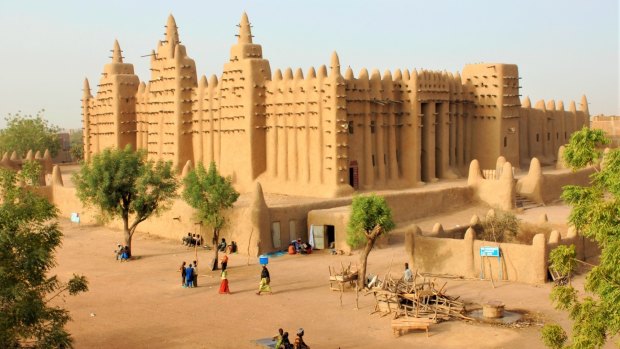
The Great Mosque at Djenne in Mali - near Timbuktu. Mali is one of the most dangerous countries in the world right now. Credit: iStock
Libya, Afghanistan, Somalia and parts of Ukraine have been declared among the most dangerous parts of the world to visit next year, according to the latest advice from security specialists at International SOS.
A new interactive map published by the organisation highlights several war-torn countries in Africa and the Middle East as posing the highest risk to travellers; also including Mali, Central African Republic, the Democratic Republic of the Congo, Iraq, Syria and Yemen.
Safest in the world are the Nordic nations of Finland, Norway, Denmark and Iceland; as well as Switzerland, Slovenia and Greenland, all deemed to pose an "insignificant" travel security risk.
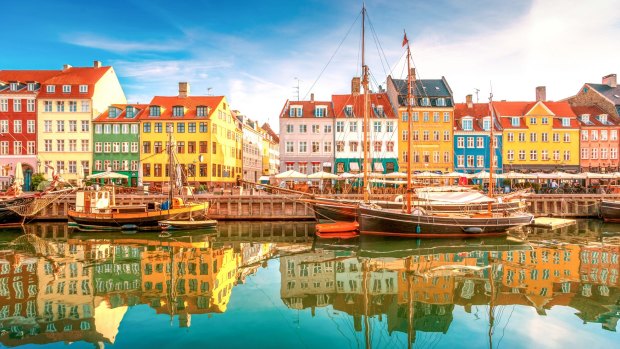
Copenhagen. Denmark was one of a few countries where the travel risk is 'insignificant'.Credit: iStock
Critera used to rate destinations involved the assessment of political violence (terrorism, insurgency, politically motivated unrest and war), social unrest (sectarian, communal and ethnic violence) as well as violent and petty crime.
Other factors, such as the robustness of the transport infrastructure, the state of industrial relations, the effectiveness of the security and emergency services and the country's susceptibility to natural disasters are also considered where they are of sufficient magnitude to impact the overall risk environment for travellers.
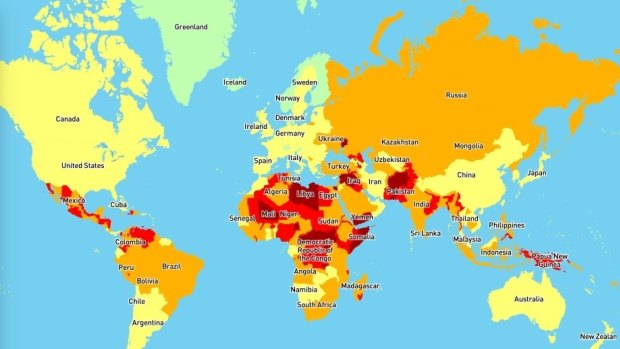
Most of Europe, including the UK, Spain, France, Italy and Greece were rated as having a "low" level of travel risk, in addition to Australia, New Zealand, the US, Canada, Argentina, Japan, China, Namibia, Zambia and most of Iran.
Those ranked as having a "medium" risk level include Russia, India, South Africa, Costa Rica, Saudi Arabia, Turkey, Mozambique, Brazil and Indonesia.
Mexico is a mixed bag, with its central regions identified as posing medium risk and other areas including Chihuahua and the state of Tamaulipas rated high risk. Madagascar was also a blend of medium to high risk; the latter being confined to the south east.
Some of the advice was at odds with that outlined by the UK Foreign Office (FCO). The whole of Madagascar, for example, is deemed by the FCO to be safe for travel, with "most visits trouble-free". The Australian government's Smart Traveller website had Madagascar at its second-lowest warning level: "exercise a high degree of caution" - the same level applied to Indonesia, Thailand and France.
The FCO also gives Papua New Guinea the green light, all but the central Hela and Southern Highlands provinces "following significantly increased levels of tribal fighting". PNG also gets a "high degree of caution" warming from Smart Traveller. International SOS' map, on the other hand, shows the whole of Papua New Guinea as being high risk.
As well as general security risks, International SOS has issued two separate global maps looking at medical risks and road safety.
The first assesses factors including infectious disease burden, medical evacuation data, road trauma data, standard of emergency medical services, outpatient and inpatient medical care, access to quality pharmaceutical supplies, and cultural, language or administrative barriers.
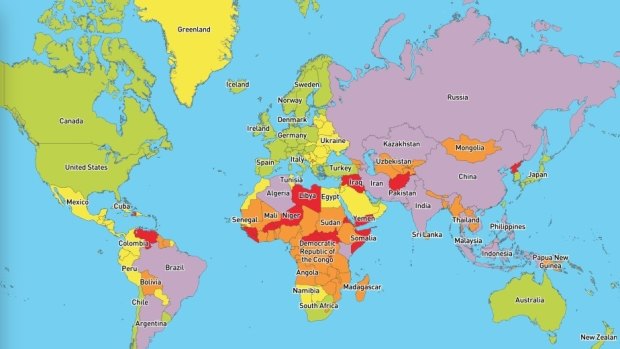
Countries deemed to be "very high risk", where "healthcare is almost non-existent or severely overtaxed", mirrored those deemed to present the highest security risk; namely Libya, Central African Republic, Iraq, Afghanistan, and Yemen, but also includes North Korea and Venezuela.
One level down, rated as having a "high risk", are the likes of Bolivia, Uzbekistan, Mongolia, Nepal, Myanmar, Vietnam and most of Africa. As would be expected, most of western Europe is labelled as having the lowest medical risks, as well as Australia, New Zealand, the US, Canada, and Japan; but also South Africa, Chile and Uruguay.
Finally, road safety, a map based on a World Health Organisation report from 2018 which found that the number of annual road traffic deaths worldwide has reached 1.35 million, and that road traffic injuries are now the leading killer of people aged 5-29 years old.
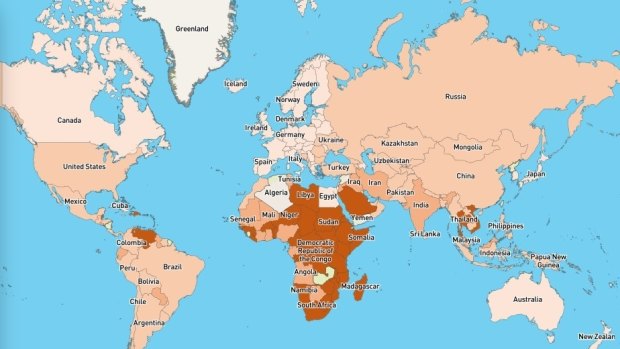
The majority of Africa fares worst, with a mortality rate of more than 25 per 10,000 of the population; though Zambia, Algeria and Egypt are shown to be safer, with a rate of less than 10 per 10,000.
Elsewhere, Saudi Arabia was ranked as being one of the worst countries worldwide for road safety. Exactly why remains unclear, but statistics from Saudi Aramco's Loss Prevention Department and the Ministry of Interior show that almost 80 percent of car accidents in the Kingdom relate to "drivers' bad driving habits", according to the Saudi Gazette. Thailand and Vietnam were also ranked worst worldwide, as was Venezuela.
Take a look at the full interactive map below.
See also: Dream destinations: The best places to go in 2020, named by the experts
See also: Lonely Planet names the best places to visit in 2020
The Telegraph, London
Sign up for the Traveller Deals newsletter
Get exclusive travel deals delivered straight to your inbox. Sign up now.